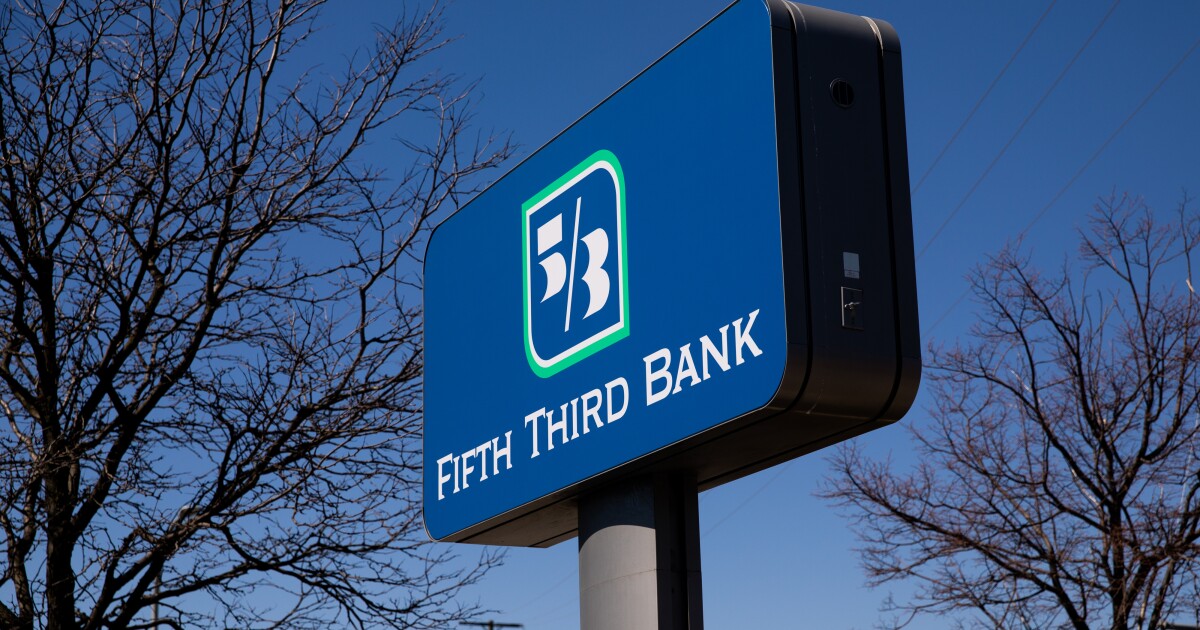Working as an independent contractor offers flexibility and autonomy, but it also brings unique tax responsibilities. Unlike traditional employees, independent contractors must handle their own tax obligations, which can be difficult without proper knowledge and preparation. This guide aims to provide a comprehensive overview of tax considerations and strategies for independent contractors.
Understanding Your Tax Status
As an independent contractor, you are considered self-employed. This classification has several implications but there are two main important ones. The first is that you do not have taxes automatically withheld from your pay. This means that you receive your full earnings and must take responsibility for setting aside the appropriate amount for taxes. It’s crucial to understand that failing to do so can result in significant tax liabilities at the end of the year.
In addition to income tax, independent contractors must pay self-employment tax, which covers Social Security and Medicare contributions. For 2024, the self-employment tax rate is 15.3%, with 12.4% allocated for Social Security and 2.9% for Medicare. This tax is calculated on net earnings from self-employment, and while it represents a significant financial obligation, it ensures that contractors contribute to their future Social Security and Medicare benefits.
Quarterly Estimated Taxes
Since taxes aren’t withheld from payments, independent contractors must make quarterly estimated tax payments to the IRS. Why? Because the IRS requires taxes to be paid while income is earned. These payments cover both income tax and self-employment tax. The IRS deadlines for these payments are typically:
- April 15
- June 15
- September 15
- January 15 (of the following year)
To calculate your estimated quarterly taxes:
- Estimate your annual income. Consider all sources of income expected throughout the year. This requires understanding of your business cycle and anticipated revenue.
- Determine your expected tax liability using IRS Form 1040-ES. This form provides worksheets to help calculate the amount of tax owed based on projected income and expenses.
- Divide this amount by four to determine your quarterly payment. It’s important to make these payments on time to avoid penalties and interest.
Making regular estimated tax payments helps manage cash flow throughout the year and prevents a large tax bill at the end of the year.
Deductions
Independent contractors can take advantage of various deductions to lower their tax liability.
Home Office Deduction
If you use part of your home exclusively and regularly for business, you may be eligible for the home office deduction. This allows you to deduct expenses related to that portion of your home, such as rent, mortgage interest, utilities, and repairs. The simplified option allows a deduction of $5 per square foot of home office space, up to 300 square feet.
Business Expenses
Deduct costs directly related to your work. These can include supplies, equipment, travel expenses, marketing costs, and professional services. Keeping detailed records and receipts for these expenses is crucial for maximizing deductions and providing proof if audited.
Health Insurance
If you purchase health insurance independently, you may be able to deduct the premiums as an adjustment to income. This deduction is available even if you don’t itemize deductions, making health insurance more affordable.
Retirement Contributions
Contributions to retirement plans such as SEP IRAs, SIMPLE IRAs, and solo 401(k) plans can reduce your taxable income. These plans offer significant tax advantages, helping you save for retirement while lowering your current tax bill.
Record Keeping
Accurate and thorough record-keeping is essential for managing taxes effectively. Independent contractors should keep track of:
- Income: Document all payments received for work performed. This includes income from all clients and sources, ensuring that every dollar earned is accounted for. Proper documentation might involve maintaining a log of payments received, storing copies of checks or bank statements, and keeping electronic records of online payments.
- Expenses: Save receipts and maintain detailed records of all business-related expenses. These can often be deducted from your taxable income, reducing the overall tax burden. Expenses might include office supplies, professional services, advertising, travel, and equipment purchases. Using accounting software or a dedicated spreadsheet can help in organizing these records.
- Invoices and Contracts: Maintain copies of all invoices sent to clients and signed contracts. These documents serve as proof of work performed and agreed-upon terms, which can be critical in a tax audit. They also help ensure accurate income tracking and can resolve any payment disputes.
Filing Your Tax Return
When tax season arrives, independent contractors must file a few specific forms. You will file using Form 1040, the standard individual tax return form used by all taxpayers. But unlike employees, you will not use Form W-2 to help report wages. As an independent contractor, you should receive Form 1099-NEC, Nonemployee Compensation from each payer you completed work for. It’s very important to note that if you do not receive a 1099-NEC from a payer, you must still report all income earned. Additionally, if there is an error on a 1099-NEC that you received, you should contact the payer for a corrected form before filing.
Once you have all your income documents, you’ll use Schedule C to report income and expenses from your business, determining your net profit or loss. This form is crucial for calculating taxable income and identifying allowable deductions. Then, you will use Schedule SE, which calculates self-employment tax based on net earnings from self-employment. This form ensures that you contribute the correct amount to Social Security and Medicare. Finally, you’ll submit your return by April 15, unless you file for an extension. Filing electronically can expedite the process and ensure accuracy.
Hiring a Professional
Tax laws are complex, and mistakes can be costly. Many independent contractors find it beneficial to hire a tax professional. An accountant or tax advisor can ensure accurate record-keeping, maximize deductions and credits, help with quarterly tax calculations and payments, and provide peace of mind during tax season: Knowing that a professional is handling your taxes can reduce stress and help you focus on your business.
Tax Help for Independent Contractors
Navigating taxes as an independent contractor requires diligence and proactive management. By understanding your tax responsibilities, keeping detailed records, making timely payments, and leveraging available deductions, you can minimize your tax burden and avoid potential pitfalls. Whether handling taxes independently or with professional help, staying informed and prepared is key to successful financial management as an independent contractor. Optima Tax Relief has over a decade of experience helping taxpayers with tough tax situations.
If You Need Tax Help, Contact Us Today for a Free Consultation
Publisher: Source link











